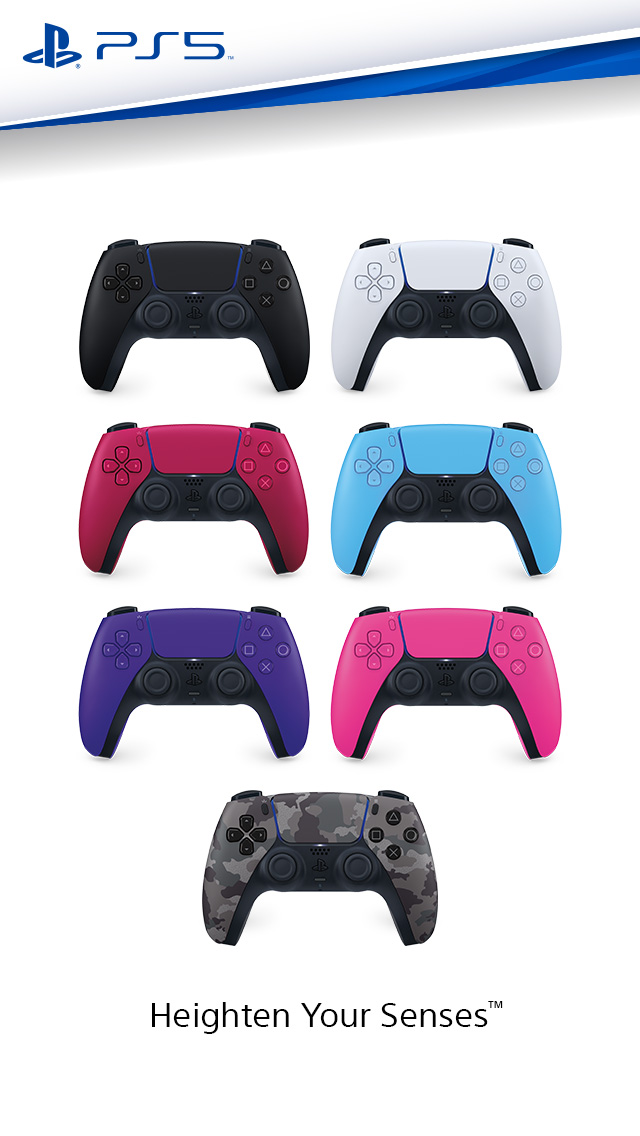Beauty so often feels accidental in games. The point of what you see on the screen, no matter how artfully designed, is to convey information about a system or a story in as clear a way as possible. Aesthetics become, by necessity, relegated to the margins. There’s space for an open-world game to deliver awe-inspiring vistas of natural beauty, or for a shooter to push boundaries with a daring new art style, but beauty is rarely the main point. It’s extra, something to sweeten the core experience of play.
Gris exists to be beautiful. In its debut, Spain’s Nomada Studio has crafted a game that revolves around its art, a striking mix of watercolors and ink inspired by the paintings of creative director Conrad Roset. Beauty—in the hand-drawn animations, in the environments’ playful explorations of form and color, and in the way the soundtrack by Berlinist complements these visuals—is the first thing you’ll notice about Gris and the thing it does best. Years from now, when I think back on the game, I suspect the only thing I will remember is its beauty.
That’s not to say that there isn’t a real game behind the art. It’s just that the aspects of Gris you can touch, though executed well enough, feel quite familiar. This is a simple 2D platformer that feels built around good ideas from other games. It’s Journey meets Ico meets Limbo meets a whole lot more bits and pieces of other great indies and cult classics. The platforming strips away the risk of death and keeps only light puzzle solving as the obstacle to your progression, making for an experience that’s accessible without feeling dumbed down. That’s in large part because the reward of your first playthrough isn’t satisfaction at overcoming a challenge or in seeing the next chapter of some intricate story. It’s getting to the next visual spectacle and seeing how the world unfolds and evolves as you progress.
I said “first playthrough” up there because there is, in fact, a deeper layer to Gris. If you dig a little more, the game does offer up optional secrets to discover, some of which are quite cleverly hidden and take a bit of thinking and experimentation to hunt down. I’m still a couple shy myself, but it took a few playthroughs to even get a handle on the nature of the secrets I was looking for. It’s a neat approach, offering more depth on a purely optional level, and one that certainly makes Gris feel like a better value than its brevity might suggest. But it also contributes to the game’s biggest failing.
It’s a difficult thing to get into without ruining the experience of playing the game, but to put it as simply and vaguely as possible, Gris spends too long explaining itself. I’ll be the first to acknowledge this is a ridiculous complaint about a game that contains no dialogue and almost no on-screen text. But it’s also true. Games are frequently at their best when they let design do the talking, and apart from a few (probably unavoidable) button prompts, Grismakes smart use of its levels and mechanics to chart a journey that’s clear without ever being too explicit or too straightforward.
Nomada, though, doesn’t quite commit to minimalism when it comes to its themes and storytelling. The imagery and symbols of Gris are coded with a fairly precise meaning. I won’t ruin what that meaning is, but if you spend enough time digging into the game’s secrets you’ll be left with little doubt. This is to the game’s enormous disadvantage, not because what’s encoded here is worthless or even bad, but because it feels common.
Just like the gameplay—and rather unlike the art—the light-touch storytelling is all classically “indie game” and not terribly interesting. Gris would have more emotional depth if it embraced ambiguity and let the splendor of its visuals suggest a thousand different things rather than illustrate just one. To tie down these wondrous, otherworldly scenes with such finality makes the game feel much smaller than it did in its opening moments, when the strange objects and creatures and landscapes felt like they might mean anything. Structure replaces a dream. Engineering subordinates magic. Art becomes artwork.
Gris is the most beautiful game you’ll play all year. It just might be a little less beautiful by the time you finish.
|
★★★★☆
With an arresting art style and admirable commitment to minimalist game design, Gris manages to turn a straightforward, often derivative platformer into something that feels far more special and important. |
Developer Nomada Studio Publisher Devolver Digital ESRB E – Everyone Release Date 12.13.18 |
| Gris is available on Nintendo Switch, PC, and Mac. Primary version played was for Nintendo Switch. Product was provided by Devolver Digital for the benefit of this coverage. EGM reviews on a scale of one to five stars. | |






